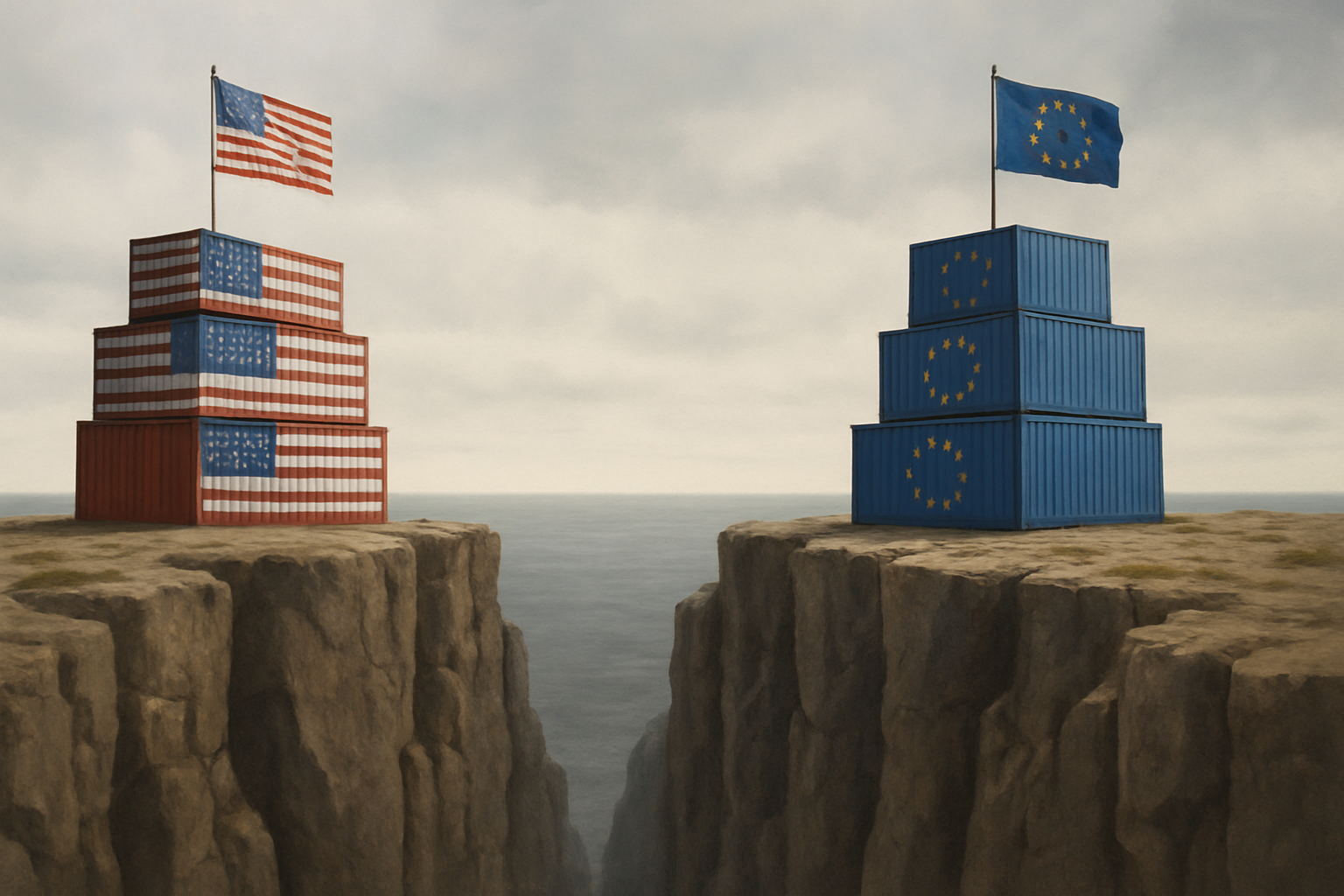The international trade relationship between the US and EU is teetering on the edge of a cliff right now. And not the fun kind where you might bungee jump off with a safety harness.
Commerce Secretary Howard Lutnick has drawn a line in the sand that's starting to look more like a trench. August 1st. That's when the US plans to slap 30% tariffs on European imports if no deal is reached.
"That's a hard deadline," Lutnick told CBS News with all the flexibility of concrete. "Nothing stops countries from talking to us after August 1, but they're going to start paying the tariffs on August 1."
I've covered trade tensions for years, and there's something different about this standoff. The usual diplomatic dance has been replaced by what feels like economic chicken—two cars speeding toward each other, waiting to see who swerves first.
The Trump administration is playing what I'd call a pure leverage game. They've already locked in the UK with a 10% arrangement, which frankly surprised many of us watching this unfold. But Brussels? That's a tougher nut to crack.
Look, trade negotiations have always involved posturing. That's not new. What's fascinating here is the sheer confidence (or is it hubris?) coming from Washington. When asked about the EU's planned retaliatory measures on $21 billion of American goods—with another $72 billion potentially in the wings—Lutnick essentially shrugged it off.
"They're just not going to do that," he said about potential European targeting of Boeing planes and Kentucky bourbon.
Um... are you sure about that?
The Europeans actually have some serious weapons in their arsenal. There's this thing called the anti-coercion instrument—doesn't that sound like something James Bond would use?—which gives the European Commission broad powers to hit back. And word is, more EU member states are warming to the idea of pulling that trigger.
I spoke with several trade analysts yesterday who believe Europe is finally finding its backbone. As Arnaud Girod from Kepler Cheuvreux put it, the EU is "finally" flexing its muscles, which he considers necessary to reach any meaningful agreement.
What would these tariffs actually mean in practice? Sources close to the negotiations tell me Trump wants minimum tariffs of 15-20% on EU imports in any deal, while keeping auto sector duties at a punishing 25%.
For German automakers, who are already struggling with the expensive transition to electric vehicles (while watching Chinese competitors zoom ahead), this is... well, Girod called it "a total car crash for European exports." Not exactly subtle, but probably accurate.
The stakes couldn't be higher. EU-US trade hit €1.68 trillion in 2024. That's not pocket change—it's the lifeblood of countless businesses on both sides of the Atlantic.
I think of this as a "mutual economic hostage" situation. Both sides have the ability to inflict serious pain. That should lead to compromise, right?
But here's the complication: politics. For Trump, looking tough on trade is his brand. It's the political equivalent of Coca-Cola's secret formula—he's not giving it up. For the EU, appearing unified and strong against external pressure is crucial for its own internal cohesion (especially with Hungary's Viktor Orbán playing footsie with Trump).
The clock is ticking. Corporate supply chain managers are probably updating their résumés right about now—and honestly, whoever can navigate the coming tariff maze deserves not just a raise but a corner office.
Will cooler heads prevail? Can economic self-interest overcome political brinkmanship?
I wish I had a crystal ball. But after covering these disputes since the first Trump administration, I can tell you one thing: in trade wars, there are rarely true winners—just different degrees of losing.
